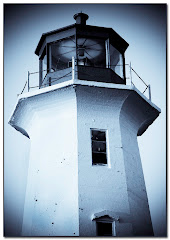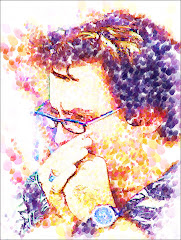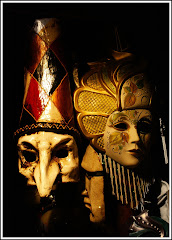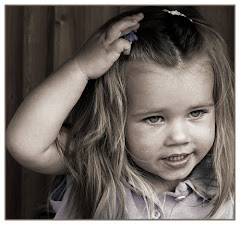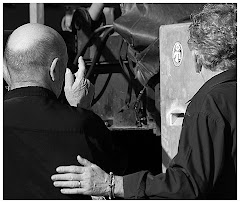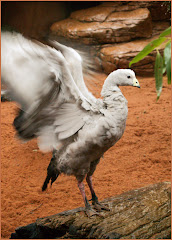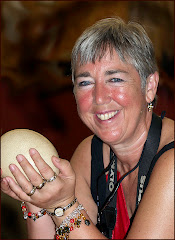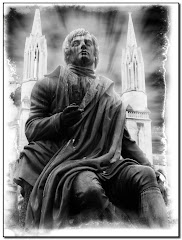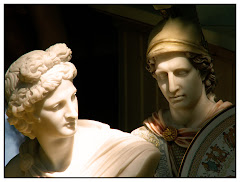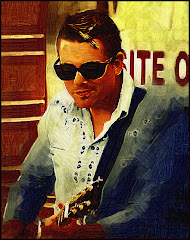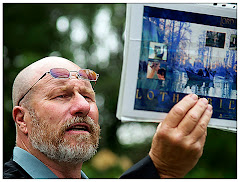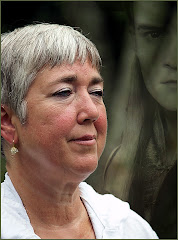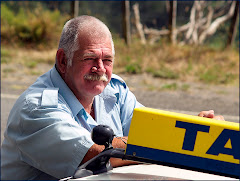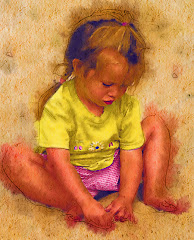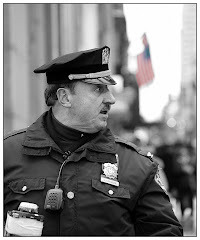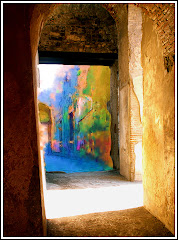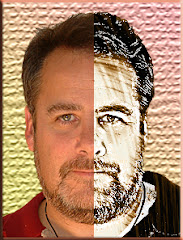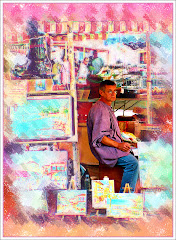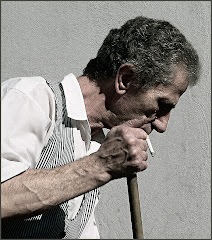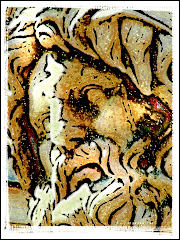 I LOVE photographing statues. They don't move. They don't care about the weather. They just sit/stand/lie there and provide TONS of options for a photographer who is open to looking at them in a new light.
I LOVE photographing statues. They don't move. They don't care about the weather. They just sit/stand/lie there and provide TONS of options for a photographer who is open to looking at them in a new light.An artist has taken his/her time to create a complete sculpture. Capturing the whole statue is impossible. So you need to look at a statue -- or parts of the statue that effect you.
This is a statue in Vancouver. It's out front of a brick building. When I first saw it, I had to catch my breath. There was something about the tender way the angel is holding the fallen soldier -- and his complete helplessness. The image was powerful to me -- and so I wanted the image I created to be as powerful.
Obviously the brick background had to go. Then I went to work on the background. First I built a planet in the upper right hand corner using Lunar Cell from Flaming Pear. I added some upward motion inside Photoshop. And I wanted to add light, which I splashed across the front using Knoll's Light Factory. I'd cropped the picture so that the heads are in the dynamic points and that there's a smooth line of sight from her face, to his to the light.
Without a little abstract thinking, statue photos can be really dry and borning. Take a hard look at PARTS of the statue that make your point. Case in point: a very impressive statue of a warrior in the Vatican. You'll NEVER catch the spirit breathed into the creation by the artist. But you CAN focus on one part of the statue that communicates an idea to your audience.

You don't need to see the rest of the statue to know what it's about, right? You can see the strength in the hand and you can see that the worn sword has been used. I like this picture better than the image of the whole statue...when you take a bite sized portion, it makes for an image meant to be contemplated. Think of it as an appetizer and not the steak.
I've posted some other statue pics to the right. I try to use light...and Photoshop...to create a stronger image.
Here are THREE GREAT TIPS for photographing statues:
1) TAKE TIME TO STUDY THE STATUE. Look at it from many angles. Take long looks at portions of the statue...the hands...the head...the things they may be holding. If you take a few minutes to study it will pay off.
2) HOW DOES THE STATUE MAKE YOU FEEL? I felt something very significant looking at the angel/soldier statue. The feeling it gives you allows you to compose your artwork more precisely. Use light...background (context)...and Photoshop to make your point clearly.
3) TRY TO SEE THE STATUE MORE THAN ONCE. Try it in the afternoon...early evening...dawn. You'll see different light. You'll notice things about it you never saw before. Don't be afraid to get down on the ground and look up. Different angles and different times of day are critical to making a great image.
Finally remember that the term "statue" can be anything: a window display, a mannequin...any visual that doesn't move.



